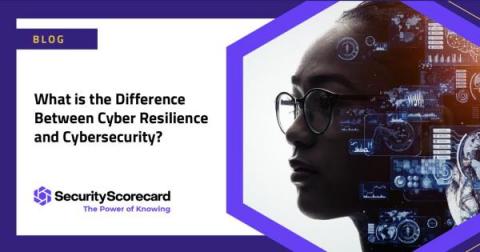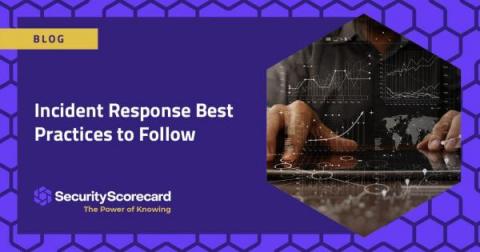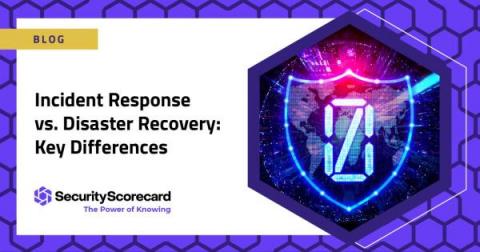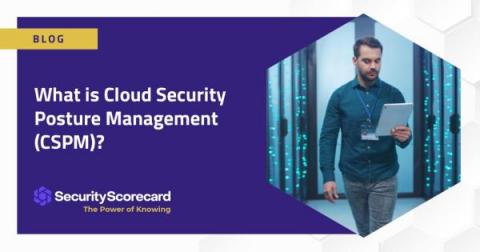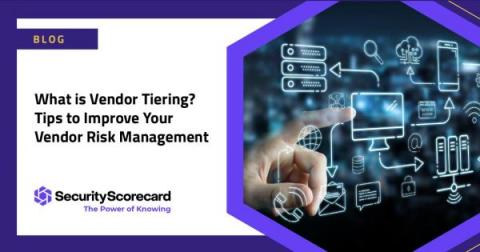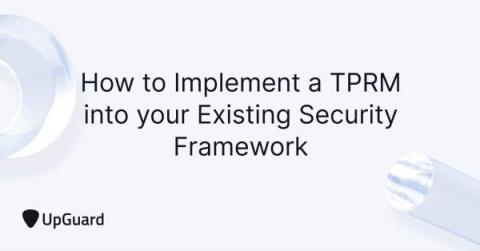What is the Difference Between Cyber Resilience and Cybersecurity?
Cyber attacks and data breaches are top of mind for businesses around the world as attacks on vulnerable networks persist. It is now more important than ever to ensure cybersecurity and resilience. But how do these two practices differ? This blog highlights the differences between cybersecurity and cyber resilience and how to secure your business for optimal cyber protection.


